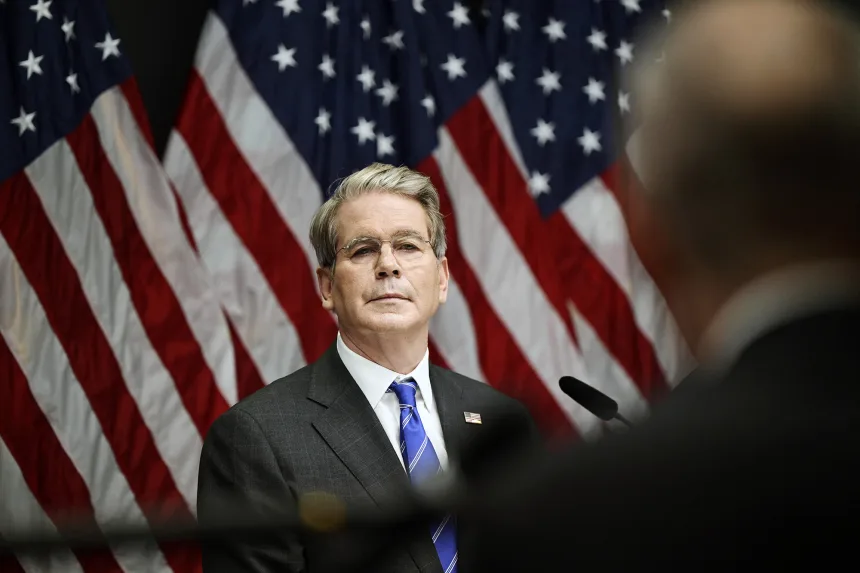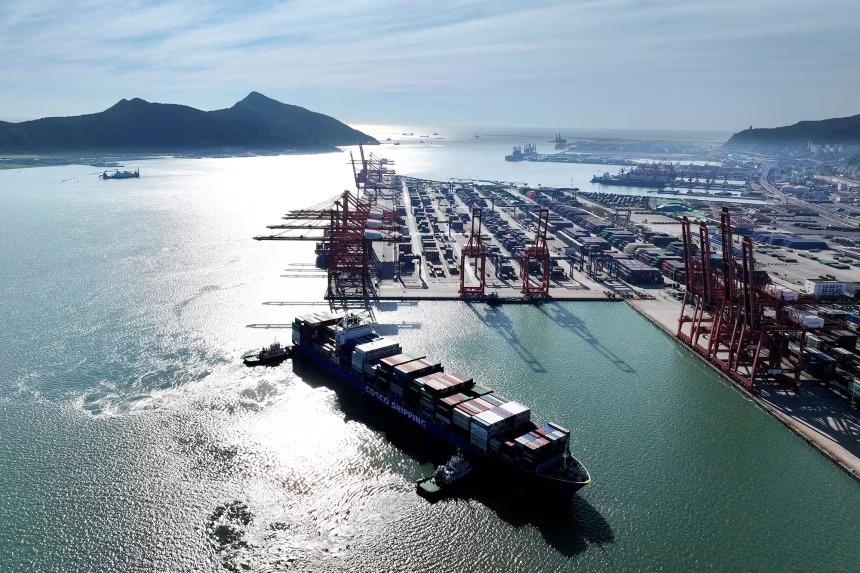No Progress on U.S.-China Tariff Dispute

TEXT : Andrew Lawrence
As tensions rise over the potential re-escalation of tariff conflicts between the United States and China, trade negotiators from both countries held a two-day meeting in Stockholm, Sweden. Although no concrete breakthrough was achieved to prevent further tariff hikes that could shake the global economy, both sides expressed optimism following the discussions.
The United States and China are scheduled to reimpose special tariffs on each other’s imports starting August 12. This development signals a renewed phase in the retaliatory tariff exchanges that have marked the U.S.-China trade war since 2018, with potential ripple effects across other economies.
The Stockholm meeting was therefore a pivotal opportunity to assess whether such a renewed tariff battle could be averted. However, the talks ended without a clear agreement, and the question of whether to extend the current suspension of tariffs remains unresolved.

After the talks, U.S. Treasury Secretary Scott Bessent and USTR Representative Jamieson Greer told reporters in Stockholm that “the discussions over the two days were constructive.”
Bessent added, “To tone down the rhetoric, let me say that the talks were very productive. The only thing missing now is the President’s approval,” underscoring that the policy decision ultimately lies with the White House.
Greer similarly stated, “We intend to return to Washington and discuss with the President whether or not to extend the tariff freeze,” suggesting that an extension remains a viable option.
President Donald Trump also struck an encouraging tone in comments to reporters at the White House on Tuesday. “I just got off the phone with Scott, who said he had a very good meeting with the Chinese,” Trump said. “They’ll be reporting to me tomorrow, and I’ll make a decision on whether to approve it.”
Trump further noted his intention to meet with Chinese President Xi Jinping before the end of the year, signaling a willingness to pursue a resolution through top-level diplomacy.

On the Chinese side, a similar tone of optimism was conveyed. According to China Central Television, Li Chenggang, a senior official from the Ministry of Commerce’s International Trade Division, told reporters that “both sides will continue working toward an extension as scheduled.”
However, Bessent pushed back against interpretations that Li’s statement indicated an agreement had already been reached, stressing that it would be “premature” to draw such a conclusion, as no formal decision has been made yet.
While both parties highlighted “progress” in the discussions, there is still no definitive agreement on extending the suspension of tariffs. The final decision rests with President Trump, and will determine whether a new wave of tariffs is triggered.
The U.S.-China relationship involves not only trade issues but also complex topics such as technology competition, national security, and Taiwan. Whether these talks can serve as a first step toward easing broader tensions remains to be seen.
